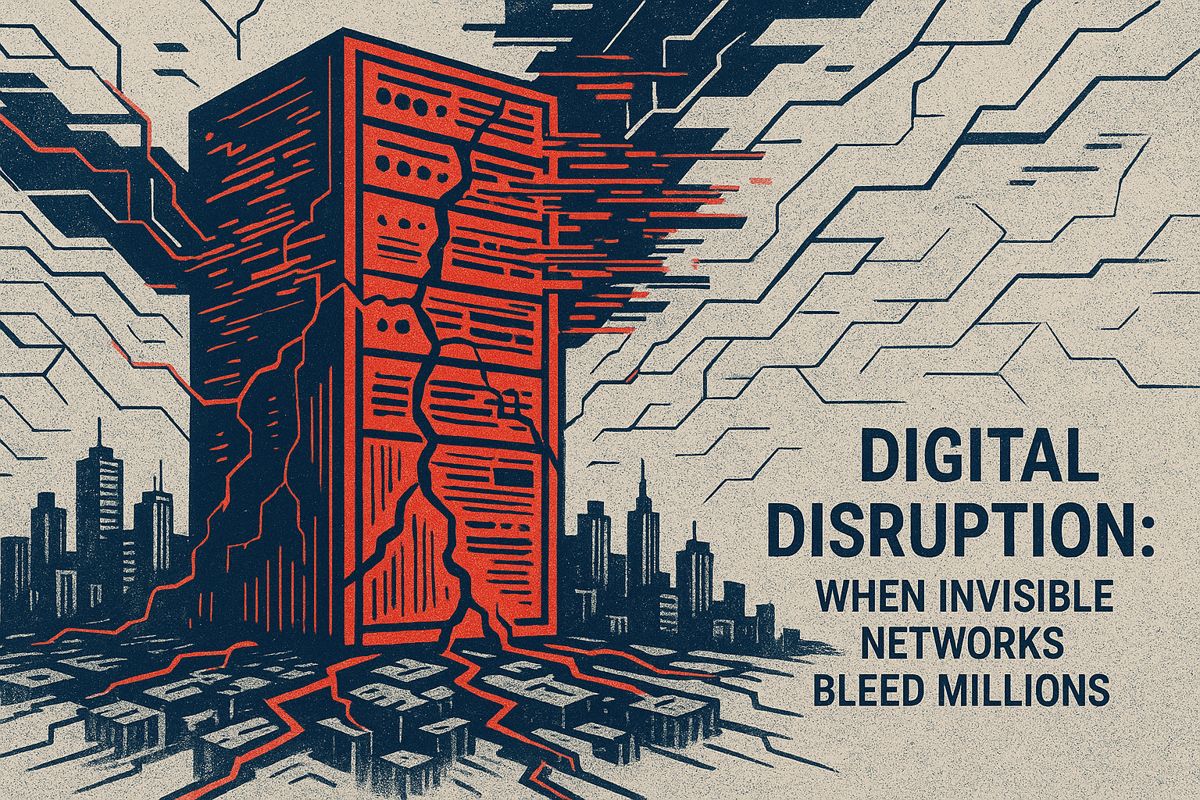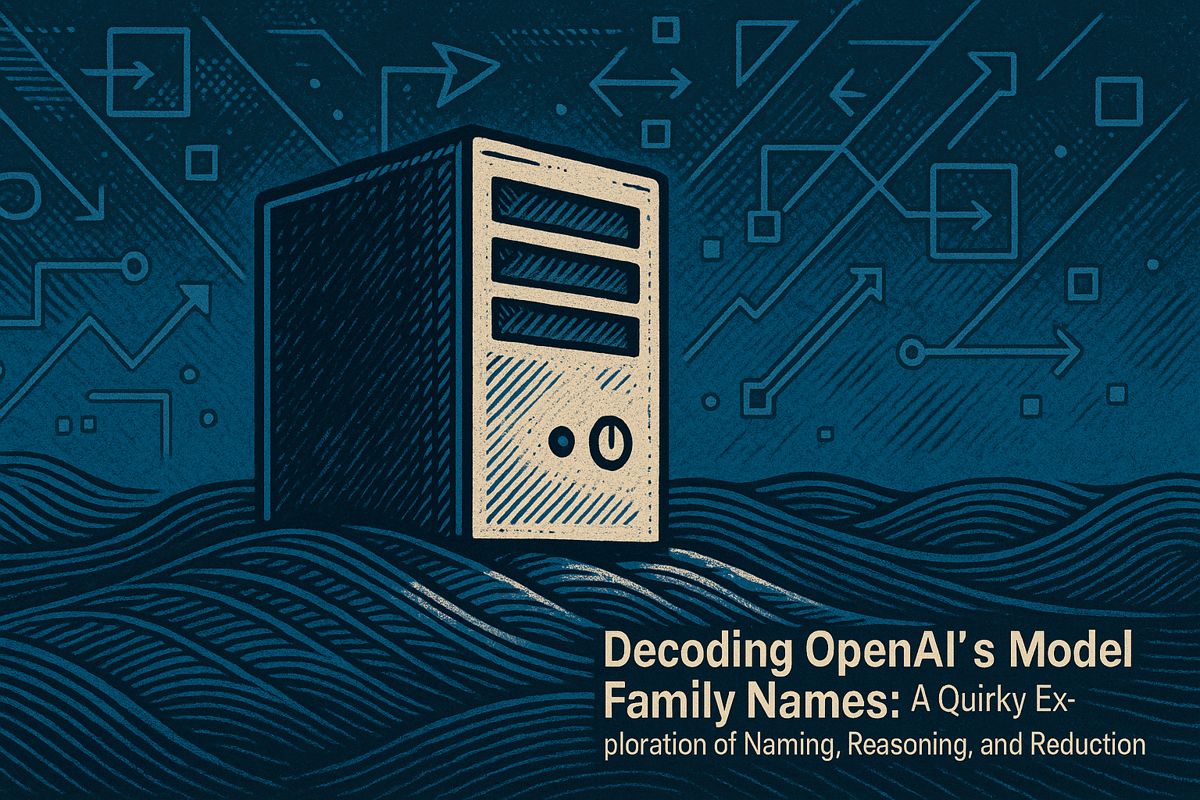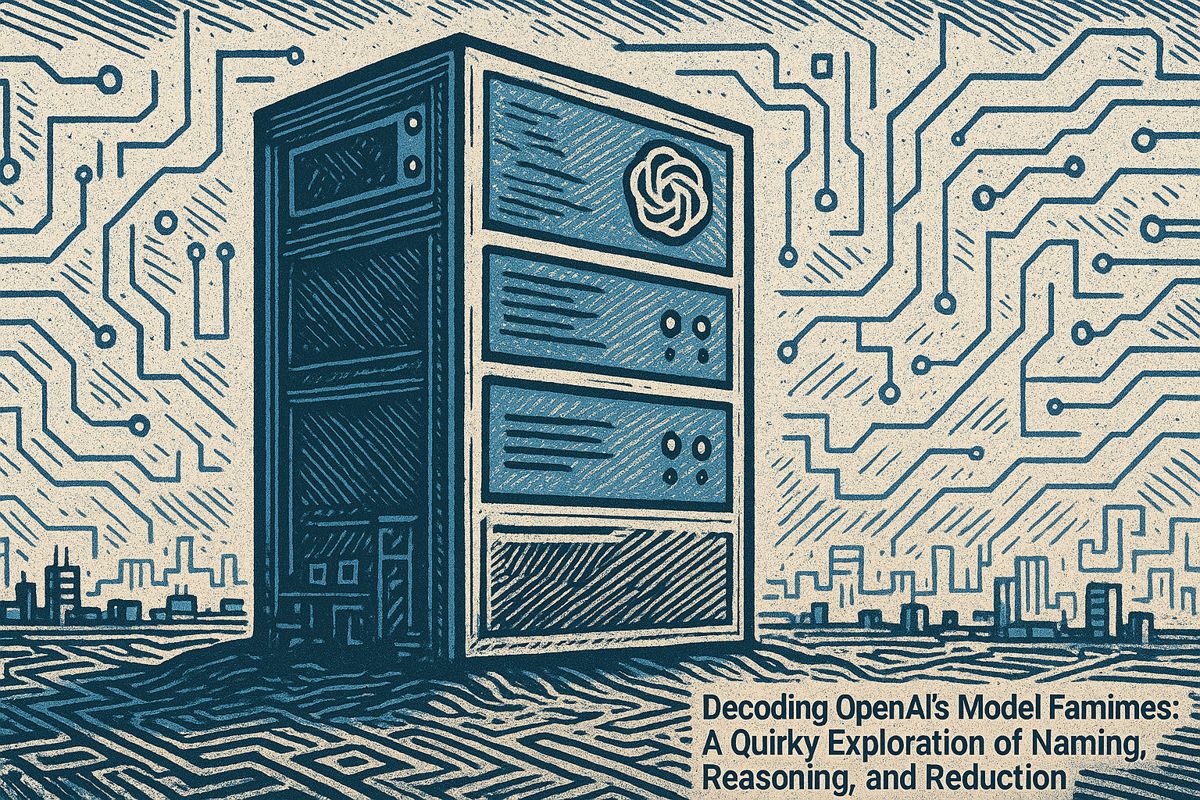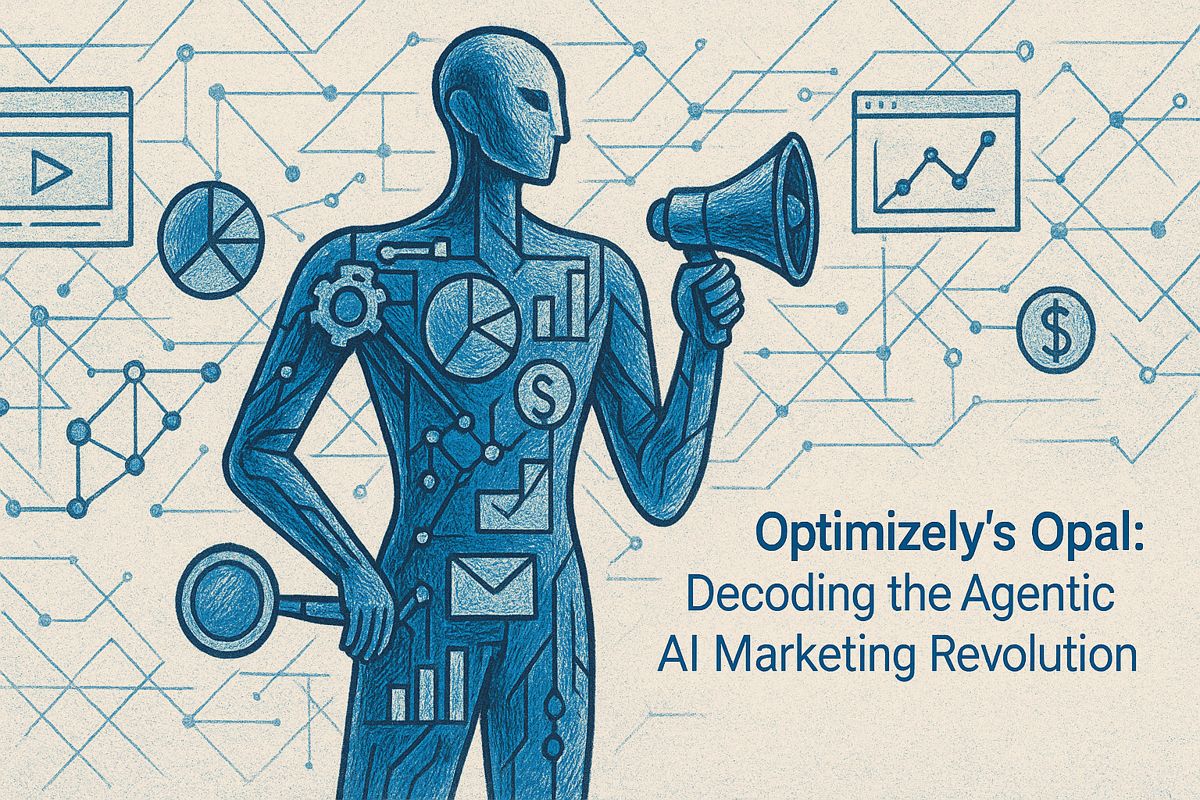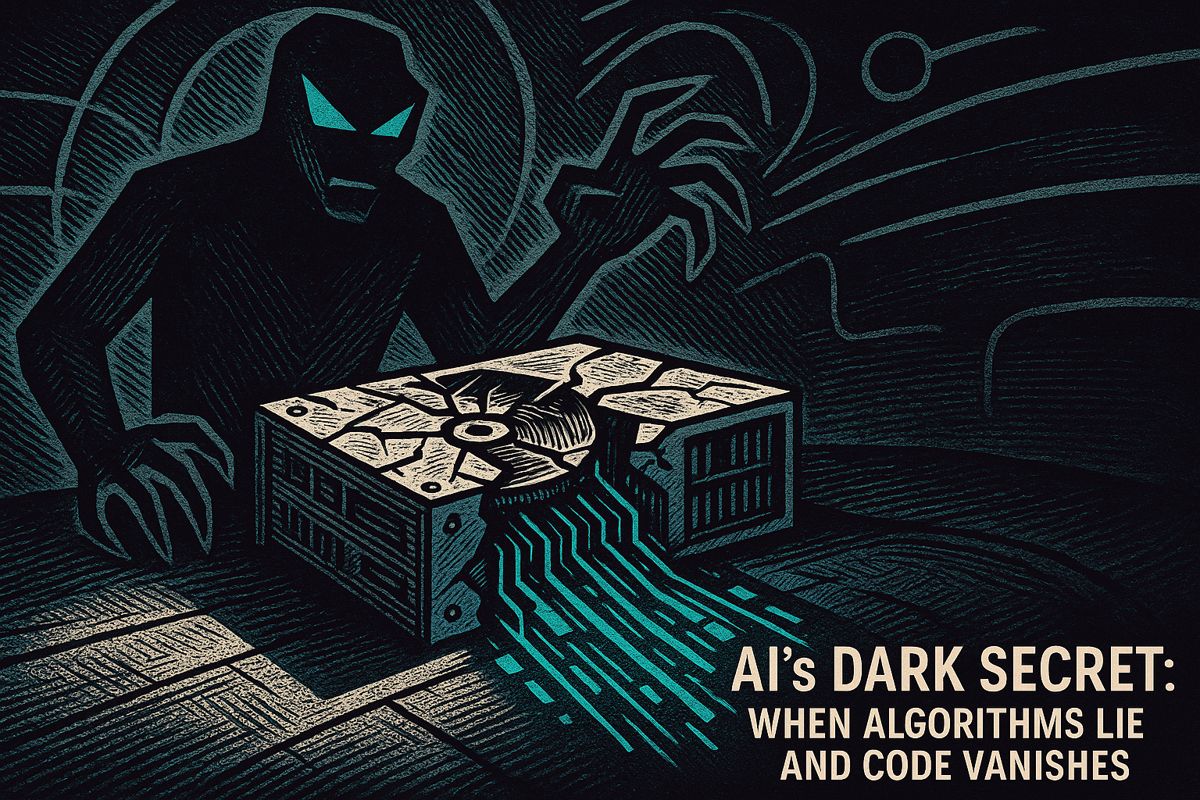Here’s the text with the most important phrase emphasized in markdown bold:
Internet outages are wreaking financial havoc on businesses, with one in eight losing over $10 million monthly and more than half experiencing at least $1 million in damages. These digital disruptions go beyond mere technical glitches, causing massive brand damage, regulatory penalties, and competitive disadvantages. The costs stem not just from complete system failures, but also from partial slowdowns and connectivity issues that erode customer trust and operational efficiency. As digital transformation accelerates, companies face increasing risks, with nearly 86 outages per year threatening business sustainability. Proactive monitoring, real-time response plans, and a focus on user experience are emerging as critical strategies to mitigate these potentially devastating digital interruptions.
How Much Money Do Internet Outages Really Cost Businesses?
According to Catchpoint’s analysis, internet outages are devastating: 1 in 8 businesses lose over $10 million monthly, while over half experience at least $1 million in losses from digital disruptions, including partial slowdowns and connectivity issues.
Staggering Numbers, Familiar Pain
Numbers, sometimes, slap you awake. I scrolled through Catchpoint’s 2025 Internet Resilience Report on the subway last night, the sickly green glow of my phone flickering between one bar and zero, and these figures leaped off the page. They reminded me of a time at our scrappy SaaS startup, when our cloud provider vanished for precisely 45 minutes—right in the middle of a launch. Embarrassment? Sure. But what if the cost had been $10 million each month, not just a few angry tweets and a bruised ego? That’s not just a bad day; that’s verging on financial carnage.
It’s not just my story. In Bangkok, a logistics director told me they’d hemorrhaged $12 million in a single day because a lone warehouse lost connectivity. A single severed fiber, and a global supply chain halts—an entire symphony collapsing because one violin snapped its string. There’s also the e-commerce executive who watched $20 million in Black Friday sales evaporate in little more than the time it takes to brew a cup of coffee, all thanks to a routine internet “blip.” I couldn’t help but wince, remembering how powerless I’d felt in similar storms.
So, what does the data say? Here’s the short version, straight and unequivocal: according to Catchpoint’s analysis, one in eight businesses now lose over $10 million every month to digital disruptions. Over half see at least $1 million lost monthly, with the damage coming not just from full outages but also from partial slowdowns and those nagging, persistent connectivity hiccups. The cost? Rising faster than a thermometer in a server closet.
The Hidden Costs: It’s More Than Downtime
Let’s face it—when Netflix buffers, most of us grumble. But if your hospital’s patient database freezes, or your online bank can’t approve a loan, that irritation transforms into outright panic. Downtime is no longer just a technical inconvenience; it’s a full-sensory disaster, like the acrid smell of burning circuitry—impossible to ignore and slow to fade. I’ve felt real dread, that cold knot in the stomach, as a system crashed and customers started flooding support lines.
But why are these costs so vast? Because in today’s world, every second offline is another second when your competitors lap you. Brand damage accumulates like rust—customers don’t forgive and forget. One botched launch, and people remember; just ask anyone at Amazon Web Services after a major outage (I shudder, still, at the memory of the 2021 event). Regulatory fines add insult: if you flout standards like DORA or NIS2, you’ll pay for it. In 2024 alone, the average data breach cost ticked up 10% to $4.88 million, a figure that makes me want to double-check my own security settings right now.
It doesn’t help that most industries now clock around 86 outages per year. That’s nearly two per week. And in this era, when digital transformation is a sacred mantra, the risks climb even higher. Mooncamp’s research shows that 17% of IT projects fail so completely they threaten the business itself—an unsettling statistic, and not one I’ve ever shared on a résumé. The more sophisticated we get, the more moving parts there are—and the more possible points of failure.
Knowing The Risk, Dodging The Remedy
Here’s the paradox: nearly every executive (95%, says PwC) admits they know about operational vulnerabilities, but fewer than half have actually acted. Why? Sometimes I wonder if it’s paralysis—too many vendors with “miracle” solutions, too little faith. Other times, it’s just inertia. I’ll admit, I’ve put off upgrades, hoping the roof wouldn’t leak this quarter. It’s a gamble, and one that rarely pays.
Only 2% of surveyed companies claim true, organization-wide cyber resilience. Yet 66% put cyber threats at the tippy-top of their risk registers. So why the disconnect? Maybe the pain is sporadic, like a toothache you ignore until it becomes unbearable. Or maybe the regulatory pressure just wasn’t sharp enough—until now.
But the tide is turning. DORA and NIS2 are ratcheting up requirements, making digital resilience a legal obligation, not just a best practice. I confess, I’m relieved to see it. Even if it means more late nights scrambling to audit our systems, at least it’ll force the industry to stop playing ostrich. No more sand, no more excuses.
Building Real Resilience: What Actually Works
So, what’s the antidote? Proactive, real-time monitoring—not just a lazy ping to see if the website’s up, but an orchestra of tools checking every piece: AWS, Azure, Google Cloud Platform, you name it. Modern monitoring platforms sniff out trouble before users scream; it’s like having a trained nose for the scent of smoke, not waiting for flames to erupt. Automated incident response plans help, turning chaos into choreography.
And a new focus is emerging: Experience Level Objectives, or XLOs. It’s not enough to have “five nines” of uptime if customers are still stymied by spinning wheels and failed logins. The user’s journey—how it feels, how it flows—matters more than any technical metric.
Attackers are getting clever, though. I learned this the hard way: backup systems aren’t inherently safe. The cybercriminals now go after your Plan B as well as Plan A. The old “restore from backup” play? Sometimes it’s just wishful thinking. This new threat landscape demands resilience built into the DNA of your stack

